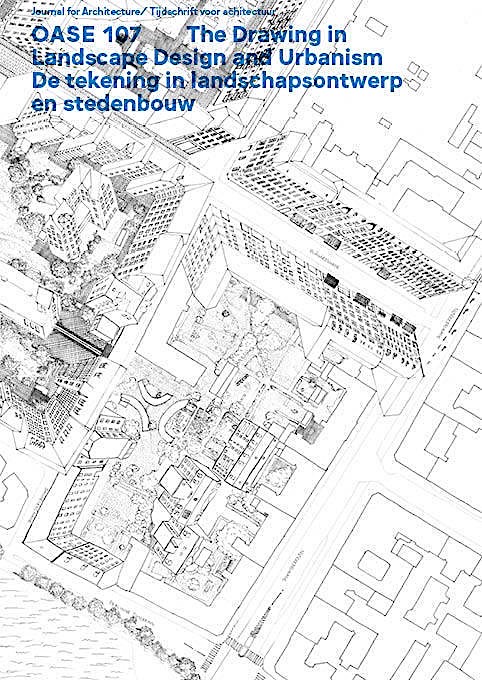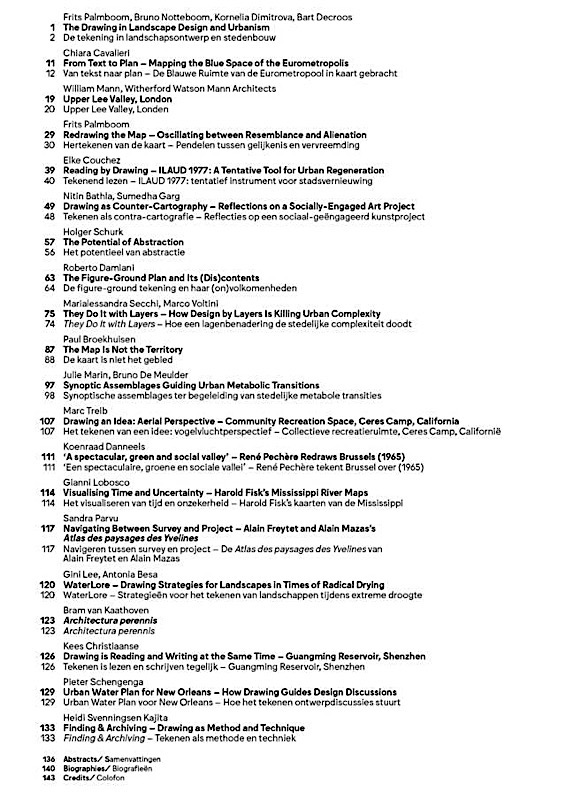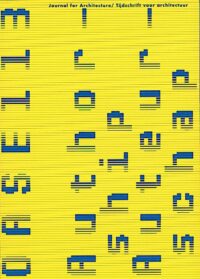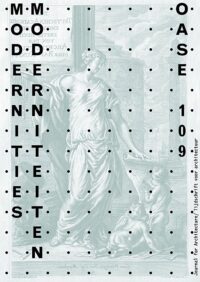OASE #107
The Drawing in Landscape Design and Urbanism
Design by Karel Martens, Aagje Martens
€26,00
In stock (can be backordered)**stock child *
This issue of OASE traces the role of drawing in landscape design and urbanism. It addresses ‘new traditions’ of the last 50 years, as well as recent concerns with ecological, metabolic and process-oriented questions.
128 pages
Paperback, 17x24 cm
English, Dutch
OASE, 1st edition 2020
ISBN 9789462085787
Paperback, 17x24 cm
English, Dutch
OASE, 1st edition 2020
ISBN 9789462085787





